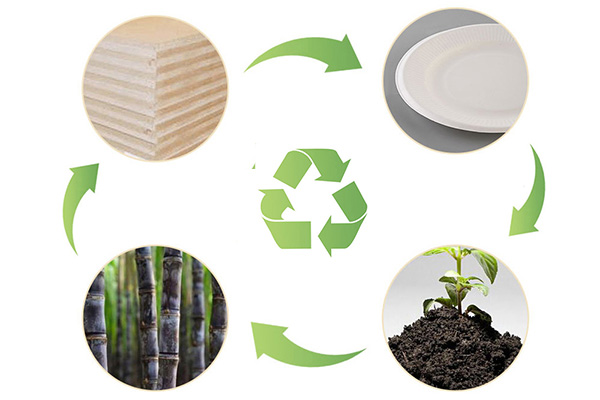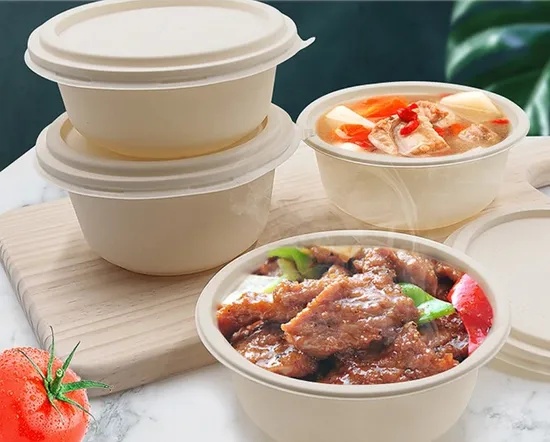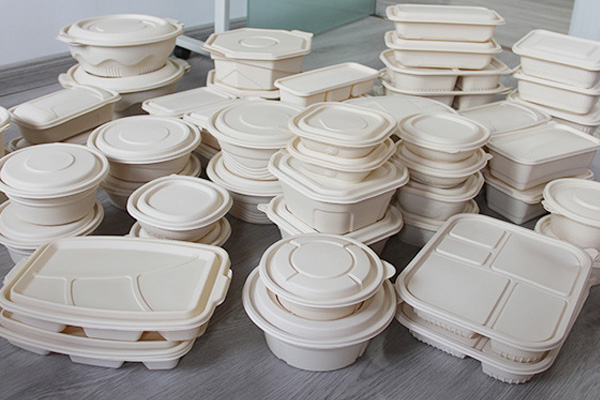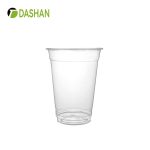Quick Summary
ASTM compostability standards (D6400 & D6868) provide globally recognized guidelines for evaluating whether packaging materials truly break down in industrial composting. This article explores how PLA, cornstarch, and sugarcane bagasse food containers meet these standards, their benefits, real-world applications, and challenges in adoption.
Introduction
Plastic pollution remains one of the most pressing environmental challenges today. According to the OECD, over 350 million tons of plastic are produced annually, with only a small fraction ever recycled. The search for viable alternatives has brought compostable materials into focus. However, not all products labeled “biodegradable” or “eco-friendly” live up to expectations. This is where ASTM compostability standards, namely D6400 and D6868, play a vital role.
These standards define the criteria that materials must meet to be labeled as industrially compostable. For food packaging manufacturers and consumers alike, they represent a trustworthy benchmark to separate marketing claims from genuine sustainability.

Section 1: What Is ASTM Compostability?
ASTM D6400
ASTM D6400 is the standard specification for plastics designed to be composted in municipal or industrial aerobic composting facilities. It applies to materials like PLA (polylactic acid) or cornstarch-based plastics. To meet this standard, products must:
- Fully disintegrate within 180 days in a composting environment.
- Biodegrade into carbon dioxide, water, and biomass without toxic residues.
- Support healthy compost quality, free from heavy metals or harmful chemicals.
ASTM D6868
ASTM D6868 is designed for products made of paper, molded fiber, or other substrates coated with compostable plastics. For instance, a molded sugarcane bagasse tray with a PLA coating must meet D6868, ensuring both the fiber base and coating decompose together.
In short:
- D6400 → 100% compostable plastic products like PLA and cornstarch containers.
- D6868 → Substrates (like bagasse or paper) with compostable plastic coatings.

Section 2: Compostable Materials in Food Packaging
PLA (Polylactic Acid)
PLA is derived from renewable resources like corn or sugarcane starch. In food packaging, it is widely used for:
- Clear salad boxes
- Cold drink cups
- Clamshell containers for fruits and desserts
Its transparency, rigidity, and food-safe properties make PLA a popular replacement for PET in many applications. Under ASTM D6400, PLA containers can be certified as compostable.
Cornstarch Packaging
Cornstarch-based packaging looks and functions much like traditional plastic but offers a more sustainable lifecycle. Typical applications include:
- Single- or multi-compartment lunch boxes
- Salad containers
- Takeaway food trays
Cornstarch packaging is biodegradable and industrially compostable under ASTM D6400, offering oil and water resistance suitable for salads and light meals.
Sugarcane Bagasse
Bagasse is the fibrous byproduct of sugarcane processing. It has become one of the fastest-growing materials in sustainable packaging because:
- It is naturally compostable.
- It withstands heat, making it suitable for hot foods.
- It is sturdy and cost-competitive.
Common applications include:
- Meal trays for cafeterias
- Clamshell boxes for takeout
- Plates and bowls
When combined with compostable coatings, bagasse containers fall under ASTM D6868 certification.

Section 3: Testing and Certification
To achieve ASTM certification, products must undergo rigorous testing:
- Disintegration Test – Ensures the material physically breaks down into small fragments within 12 weeks.
- Biodegradation Test – Confirms conversion into CO₂, water, and biomass in 180 days.
- Chemical Safety Test – Verifies no harmful residues remain in compost.
- Plant Growth Test – Ensures compost supports healthy plant growth.
Certification is often carried out by third-party labs, providing credibility to manufacturers’ sustainability claims. Without this certification, “biodegradable” labeling can be misleading.
Section 4: Market Applications & Case Studies
North America
The U.S. and Canada have seen rising adoption of PLA cups and bagasse clamshells, especially in universities, corporate campuses, and quick-service restaurants.
Europe
Due to the EU’s single-use plastic directive, demand for certified compostable packaging has surged. Bagasse trays and PLA salad boxes are common in supermarkets and cafeterias.
Asia-Pacific
In countries like Japan and Australia, cornstarch lunch boxes are gaining traction, particularly among eco-conscious food delivery services.
Case Study: Xiamen Dashan®
As a trusted packaging manufacturer, Xiamen Dashan offers PLA salad boxes, cornstarch containers, and sugarcane bagasse trays that align with ASTM compostability standards. With expertise in global exports, the company ensures compliance with international food safety and sustainability certifications.
Section 5: Benefits & Challenges
Benefits
- Environmental Impact: Reduces plastic waste and landfill use.
- Renewable Sources: Made from plants, not fossil fuels.
- Food Safety: Certified materials are non-toxic and safe for direct contact.
- Brand Value: Companies adopting certified compostable packaging enhance their green credentials.
Challenges
- Cost: Compostable packaging is generally more expensive than traditional plastics.
- Infrastructure: Industrial composting facilities are still limited in many regions.
- Consumer Education: Many consumers mistakenly dispose of compostables with general waste, reducing their environmental benefit.
FAQ
Q1: What is ASTM D6400?
It is the standard for plastics designed to compost in industrial composting facilities, covering materials like PLA and cornstarch.
Q2: What is ASTM D6868?
It applies to substrates such as paper or bagasse coated with compostable plastics, ensuring the entire product is compostable.
Q3: Are PLA and Bagasse products home-compostable?
Generally, no. They require higher temperatures and conditions found in industrial composting facilities.
Q4: How do compostable containers compare to PET or RPET?
PET and RPET are recyclable but not compostable. PLA, cornstarch, and bagasse can compost but need proper facilities. Both solutions reduce environmental impact in different ways.
Q5: Why is certification important?
Certification ensures that compostable packaging truly decomposes as claimed, protecting both the environment and consumers.
Conclusion
ASTM compostability standards D6400 and D6868 provide the gold standard for verifying compostable packaging claims. Materials like PLA, cornstarch, and sugarcane bagasse have proven effective in reducing dependence on traditional plastics while maintaining food safety and functionality. However, successful adoption requires collaboration between manufacturers, governments, and consumers to build composting infrastructure and raise awareness.
Xiamen Dashan® continues to lead the way with certified sustainable packaging solutions, ensuring that global partners have access to safe, innovative, and eco-friendly alternatives.
References
- ASTM International. Compostable Plastics Standards.
https://www.astm.org/Standards/D6400.htm
https://www.astm.org/Standards/D6868.htm - European Bioplastics. “Compostability Certification.”
https://www.european-bioplastics.org/standards/certification/ - OECD. “Global Plastics Outlook: Policy Scenarios to 2060.”
https://www.oecd.org/environment/plastics/




